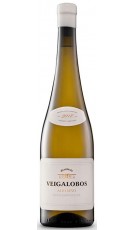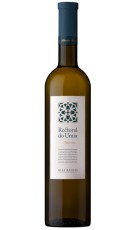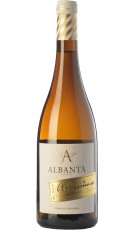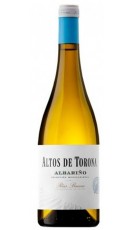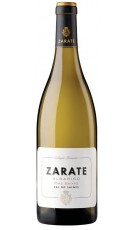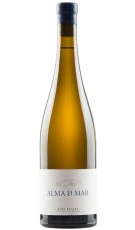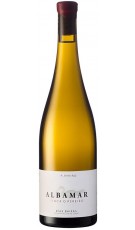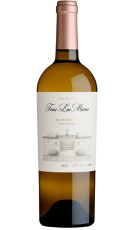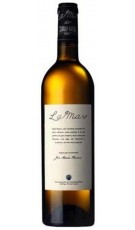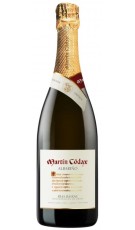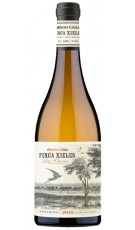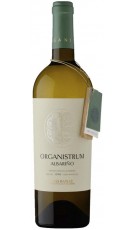
Galicia There are 215 products.
En el siglo XIV, Galicia exportaba esquejes a otros viñedos europeos. En el siglo XIX, toda la región sufrió una economía deprimida y muchos viñedos se abandonaron por la despoblación al emigrar los trabajadores. Los trabajadores de la vendimia gallega fu...
Catalog
-
Granbazán Veigalobos 2019...
White Wine.GRANBAZANRías BaixasVeigalobos is a project that was born in the 2018 vintage in order to explore the potential of the Albariño grape to produce exceptional wines, escaping from the classic and purist in the...
Reduced price! -
Rectoral do Umia 2022
White wine.BODEGAS GALLEGASRibeira SacraLegend has it that monks on a pilgrimage to Santiago, who arrived centuries ago by sea, chose the mouth of the Umia River to plant the first vines of Albariño. Centuries of wine tradition...
Reduced price! -
Altos de Torona Rosal 2023
White WineBODEGAS Y VIÑEDOS ALTOS DE TORONARías BaixasWhite Wine, 4 months in oak barrels with its less
Reduced price! -
Albamar Alma de Mar 2021
White WineBODEGAS ALBAMARRías BaixasAlma de mar is born a few meters from the sea, in a place that several decades ago was practically covered by water. It is a wine worked on lees that were stirred regularly, which gives it that...
Reduced price! -
Albamar Finca o Pereiro 2021
White WineBODEGAS ALBAMARRías BaixasFinca O Pereiro is a special place reclaimed from the sea next to the Castrelo football field, where Xurxo Alba spent many afternoons of his childhood, and the origin of this plot of...
Reduced price! -
Pazo de Señorans Tras los...
White Wine.PAZO SEÑORANSRías BaixasWhite Wine Crianza.
Reduced price! -
La Mar 2021
White Wine CrianzaBODEGAS TERRAS GAUDARías BaixasWhite Wine made mainly from Caiño blanco, a variety that has a great capacity to extract the best characteristics of its terroir. A wine where you can appreciate the shale, the proximity of...
Reduced price!In stock -
Martín Códax Sparkling wine
White WineMARTÍN CÓDAXRías BaixasSparkling White Wine, 24 months withs its lees
Reduced price! -
Martín Códax Finca Xieles 2021
White WineMARTÍN CÓDAXRías BaixasWhite Wine, aged during 6 months
Reduced price! -
Organistrum 2021
White WineMARTÍN CÓDAXRías BaixasWhite Wine, aged during 6 months
Reduced price!
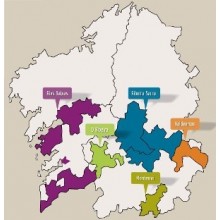
En el siglo XIV, Galicia exportaba esquejes a otros viñedos europeos. En el siglo XIX, toda la región sufrió una economía deprimida y muchos viñedos se abandonaron por la despoblación al emigrar los trabajadores. Los trabajadores de la vendimia gallega fueron en parte los que contribuyeron con su labor a desarrollar los viñedos en bancales de la región del vino de Oporto del Duero. Cuando España entró a formar parte de la Unión Europea en 1985, comenzaron a llegar fondos a Galicia que ayudaron al resurgimiento de la industria vitivinícola.

(+34) 91 129 11 11
(+34) 638 458 218
- Brandy
- Cognac
- Gin Premium
- Ron
- Whisky
- Denomination of Origin
- Winery



















